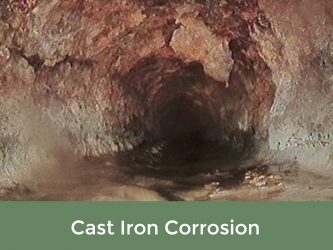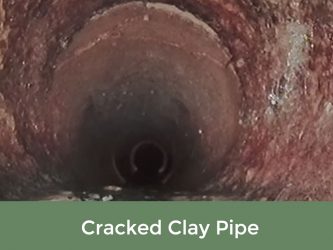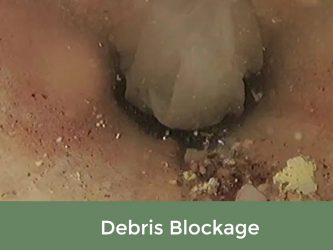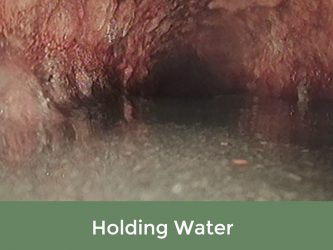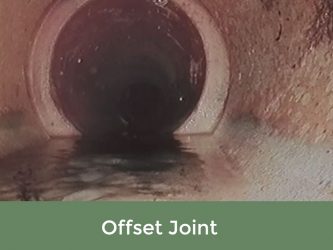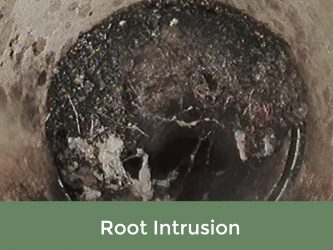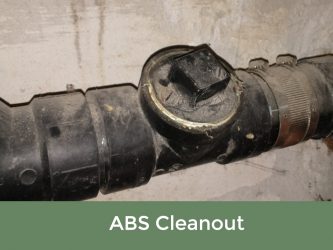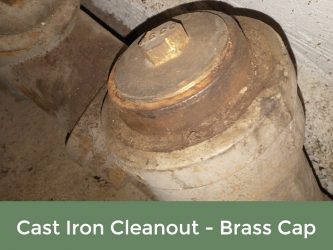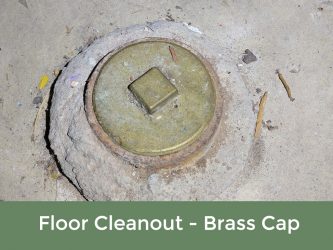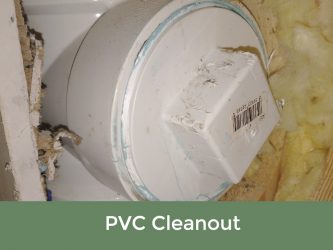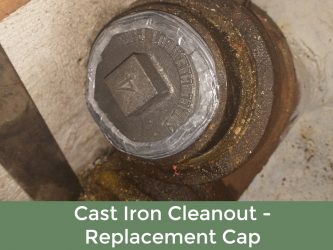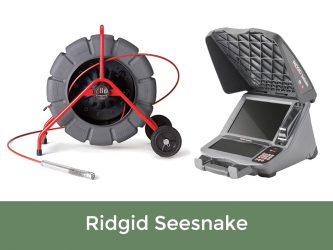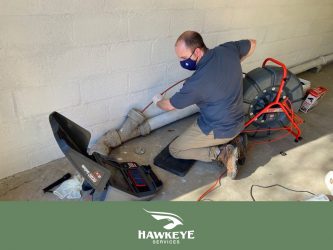Sewer Scope Inspections
What is a sewer scope inspection? Sewer scope inspections involve feeding a flexible small sized borescope camera through the drainpipe “cleanout” from where it enters into the sewer line. The inspector will inspect the sewer line for any issues such as: cracks, blockages, leaks, broken pipes, root intrusion, offset or detached joints and any other related sewer line issues. Once the inspection is finished, your inspector will provide you with a detailed report which includes video and images and their professional opinion about the quality and condition of the sewer line.
Pricing is as follows
- All Sewer Lines$325
- Book an appointment
BENEFITS OF A SEWER SCOPE INSPECTION
SAVE MONEY & TIME
Sewer line issues can lead to expensive and disruptive repairs, often requiring extensive excavation. A sewer line inspection is non-invasive and can eliminate or minimize unnecessary digging, saving time and money.
FAST RESULTS
Using a small sized flexible borescope camera, the technician can show you the condition of the sewer line in real time! The technician will also be able to snap pictures and provide you with a video copy of your inspection.
PREVENT FUTURE DAMAGE
A sewer scope technician will be able to determine the type of material your sewer line is made of, the condition of the pipe walls, and condition of the pipe joints. The technician will determine if any leaks, cracks, corrosion, tree roots, collapses or other existing damage are impacting the flow of water in the sewer line.
COMMON SEWER LINE DEFECTS
TREE ROOTS
Root intrusion can enter into a sewer line by a crack in the sidewall or from gaps and offsets that occur between sewer line pipe joints. Roots in the ground are drawn to moisture and can grow inside the sewer line, causing major blockage. Root intrusion leads to the removal of a section of the sewer line or sometimes the entire sewer line will have to be replaced, depending on the number of root intrusion locations..
CORROSION
Cast iron sewer lines are most common to corrode. The reason for the corrosion is due to the environment the sewer line provides. Hydrogen sulfide gas can form, then can oxidize to produce sulfuric acid which builds up corrosion along the inside of the sewer line walls. Over time, the corrosion inside the sewer line can become sharp and catch passing debris, as well as slow down or stop the flow of water.
OFFSET JOINTS
Offset joints are commonly found with clay, concrete and cast iron sewer lines. The ground that surrounds the sewer line can shift and settle, causing the pipe joints to be pushed out of alignment. Another common reason for offset joints is from tree roots. Tree roots are powerful enough to grow inside or around the sewer line, causing it to shift out of place at the joints.

